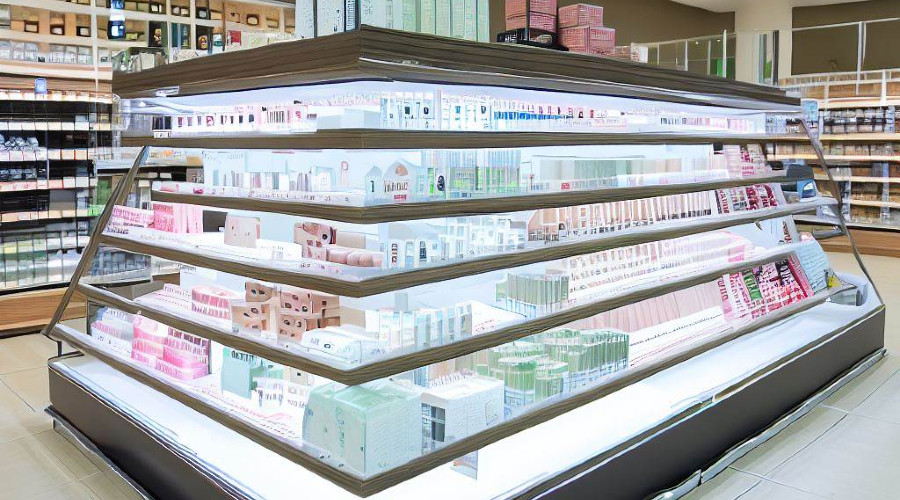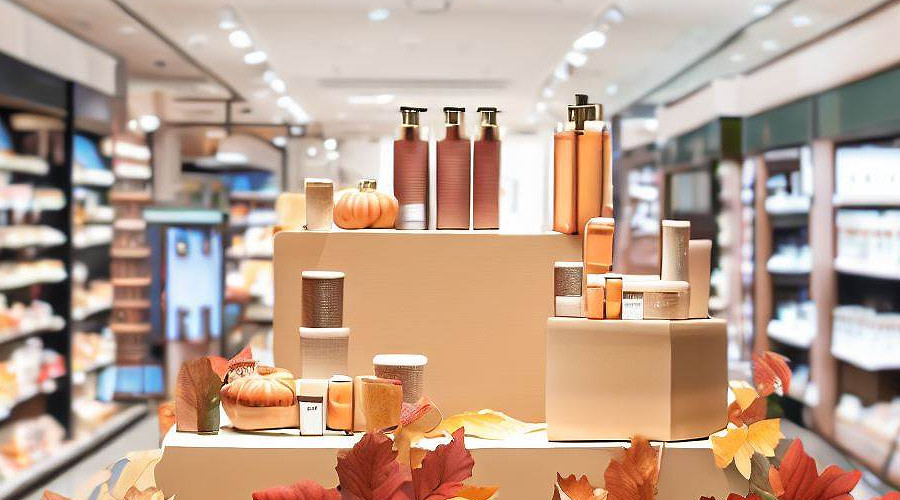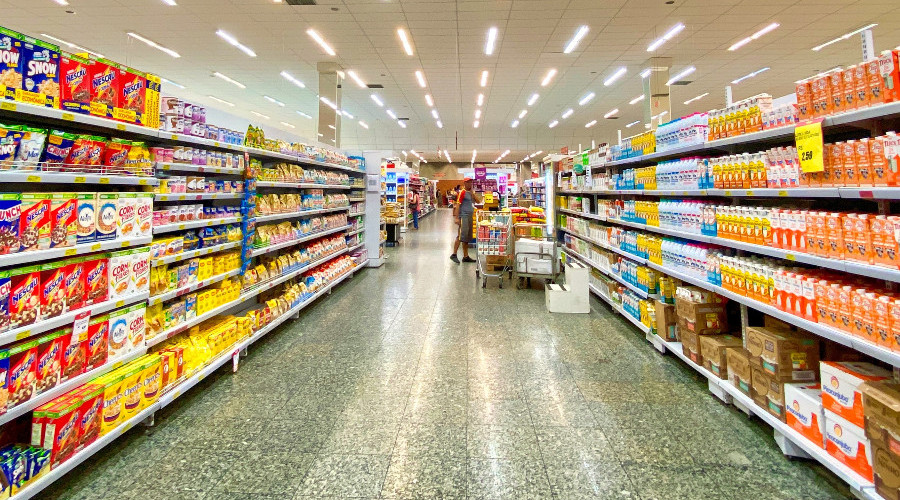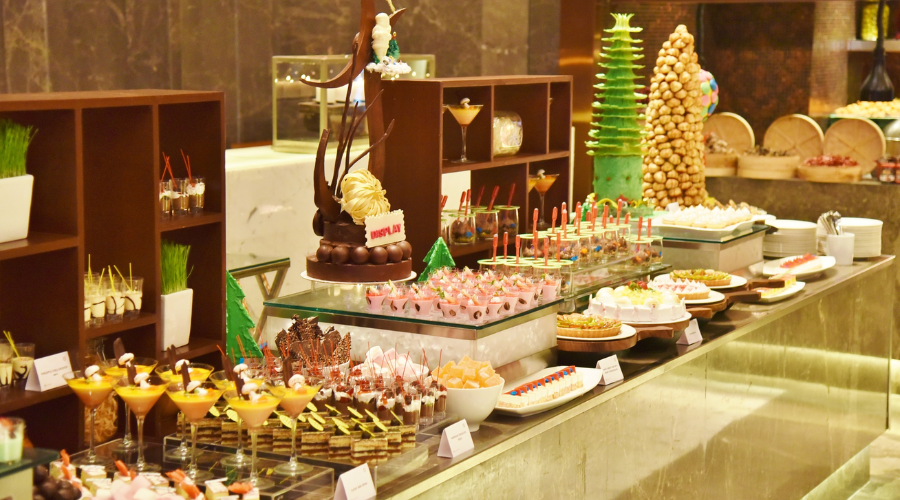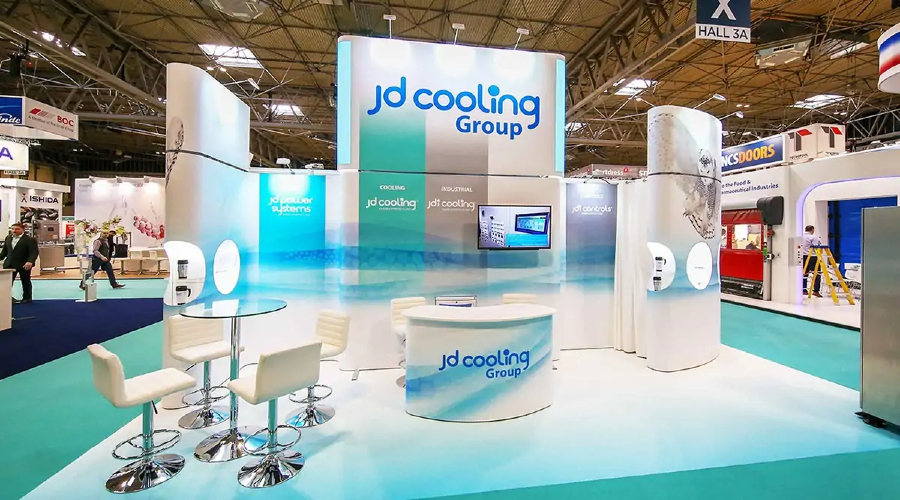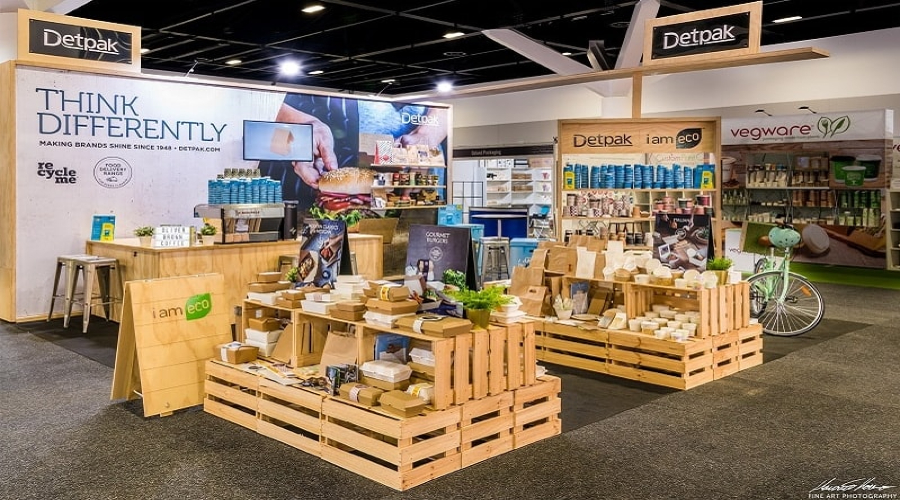How to Set Up a Fashion Shop Efficiently
When it comes to fashion, presentation is everything. Setting up a fashion shop efficiently requires careful consideration of marketing furniture and fixtures. These elements enhance the shopping experience and play a critical role in brand awareness and driving sales.
Previously we discussed displaying designer bags. In this article, we’ll take things further. Let’s explore the essential marketing furniture for fashion shops, highlighting their importance and offering suggestions on choosing the best options.
Creating the perfect fashion retail space
Before we delve into the specifics of marketing furniture, let’s understand why this topic is relevant to our readers. Your retail space is an extension of your brand and is pivotal in shaping the customer’s perception.
Setting up your fashion shop efficiently can increase foot traffic, increase conversion rates, and create a loyal customer base. Now, let’s explore the essential elements of an efficient fashion retail space.
Showroom display stands for a fashion shop
Showroom display stands are the unsung heroes of fashion retail. They showcase your merchandise, highlight featured products, and organize your store. Their versatility allows for creative visual merchandising.
Look for display stands that match your brand’s aesthetic and offer flexibility. Consider options like adjustable heights and shelves to accommodate different types of clothing.
Shelving and storage
Efficient storage and shelving keep your inventory organized and easily accessible. They also create an inviting shopping environment by reducing clutter and helping customers find what they want.
Opt for shelves that are durable, adjustable, and aesthetically pleasing. Consider open shelving for a modern, boutique feel or closed storage for a sleek, minimalist look.
Counters and checkout stations
Counters and checkout stations are the final touchpoints in a customer’s shopping journey. They should be welcoming and efficient. So the checkout process is smooth and memorable.
Select counters that align with your brand’s style. Incorporate elements like cash wraps, display cases, and secure storage for a seamless checkout experience.
Window displays
Window displays are your storefront’s first impression. They should grab the attention of passersby, convey your brand’s identity, and entice them to step inside.
Rotate your window displays regularly to keep them fresh and aligned with seasonal trends. Incorporate creative lighting and props to make your displays stand out.
Digital signage
Digital signage adds a dynamic element to your store. It can showcase promotions, new arrivals, and lifestyle imagery that resonates with your target audience.
Invest in high-resolution displays with user-friendly content management systems. Keep the content relevant and regularly updated to maintain customer engagement.
Lighting
Lighting sets the mood and improves the overall shopping experience. It can highlight key areas, and products to create a welcoming ambiance.
Try out different types of lighting, such as ambient, task, and accent lighting. LED lighting is energy-efficient and versatile. It allows ou to create various atmospheres.
Latest trends
For fashion-forward readers, staying updated on the latest trends is essential. One trendy approach is incorporating sustainable and eco-friendly materials into your marketing furniture and fixtures. Customers are increasingly conscious of the environment; eco-friendly choices can enhance your brand’s reputation.
In conclusion
Efficiently setting up a fashion shop is a mix of art and strategy. The right marketing furniture and fixtures can transform your space into a vibrant, inviting, and sales-driving environment. As you embark on this journey, remember that every choice you make reflects your brand’s personality and values.
So, embrace these ideas, tailor them to your unique style, and watch your fashion shop flourish as it captures the hearts and wallets of discerning shoppers.


